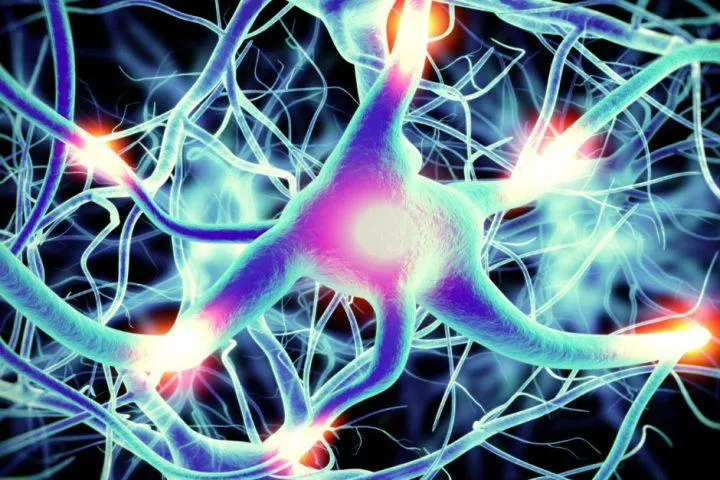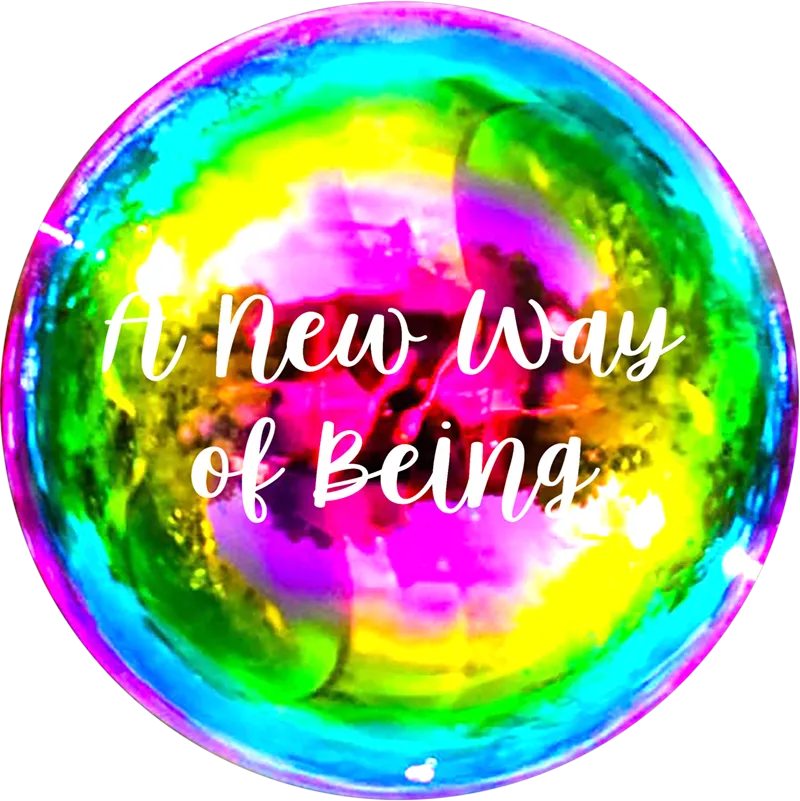General Enquiries and Booking Information:info@anewwayofbeing.co.uk |
BLOG
Welcome to our new blog.
Join us here to learn and share information about all aspects of working with children and young people.
Whether you are a parent, carer, teacher, teaching assistant youth worker, grandma, or any other childcare professional we hope that you will find some useful tips and tools from our shared experiences. Advice
that can support you to further develop your parenting or professional skills. You will find information on inspiring, educating and empowering young people, session plan ideas, challenging behaviour and how to self-regulate when meeting the challenges that young people may present us with. We offer guidance around therapeutic approaches to work with young people and lots of other useful information that we use daily in our work with young people.
We are always open to feedback and suggestions so if there are themes that we have not covered that you would like to see included then please feel free to reach out and get in touch.
We hope you enjoy 😊

The Nervous System runs the Show!
Our 20 years’ experience of working with children, young people and the parents and professionals that support them has led us to believe that all stress, trauma, anxiety, fear, and challenging behaviour can be linked to NERVOUS SYSTEM DYSREGULATION. In this short read we will briefly look at the nervous system and how it supports us either in helpful or unhelpful ways. We will also look at some practices that you can use to calm and regulate the nervous system during times of stress and overwhelm.
Having some understanding and experience of consciously working with your nervous system is in our opinion, one of the most valuable tools that you have in your toolkit
So, how does my nervous system help or hinder me?
“If you do not already, then start thinking of your body as a complete work of art, because it is!”
(Hazel Moore- Spiritual Mastery)
It is the most amazing piece of engineering known! it thinks, sleeps, moves, creates, sings, dances, smiles, cries, tastes, touches, smell’s and feels just to name a few of the things it does for you; and most of all it does most of this without you even having to think about it or ask it too. Your nervous system plays a huge part in this consisting of the brain, spinal cord and nerves it is your body’s amazing inner communication system, made up of billions of nerve cells that are constantly receiving signals via your senses. Every touch, every taste, every smell, every sound and sight is received and the brain interpret and processes this using these sensory signals to understand what is happening inside and outside of the body. It influences every area of your health and wellbeing including how you think, how you learn, how you move, how you sleep, how you age, how you heal, how you feel, how you respond to stress, how you eat, when your hungry, how you taste, touch, feel, smell I could go on! . Every single cell in our body is affected by our nervous system
This is an important thing, a really important thing !
I think we can clearly see what a HUGE part our nervous system plays in all areas of our health! The way that your body and nervous system will work will depend on lots of personal different factors, your own personal history and the stresses, trails, tribulations, and traumas that you may have endured throughout your life will influence how it works for you. Every experience you have causes a reaction in the body and this is stored in the system, weather it is positive or negative this will then influence how you respond to situations in the future.
It is so important that we develop and use tools and techniques to calm, regulate and rebalance the nervous system as this is vital for us to be able to sleep and rest and be healthy and well.
All we can do is meet ourselves and our young people with love and kindness and work with where we are at today. But, by understanding the responses that happen in the brain during times of stress and recognising our own fight, flight, freeze and fawn responses is invaluable when engaging with children and young people
So, what and where is the vagus nerve?
We believe that the vagus nerve is your bodies greatest superpower. It is the longest nerve in your body and connects your brain stem to your body it starts at the base of your skull and originates in the brain as cranial nerve ten. It travels down the neck and then passes around the digestive system, liver, spleen, pancreas, heart and lungs and almost down to the bladder influencing all your major organs. This nerve is a major player in the parasympathetic nervous system, which is the ‘rest and digest’ part (opposite to the sympathetic nervous system which is ‘fight or flight’). It determines how we develop our stress responses and develop resilience. It receives information from the senses and assists you in assessing potential harm or danger. It processes and responds to fear sending information from the gut to the brain which supports you in coping with stress, anxiety or fear.
What is Vagal Tone?
The tone of the vagus nerve is key to activating the parasympathetic nervous system. Vagal tone is measured by tracking your heart rate alongside your breathing rate. Your heart rate speeds up a little when you breathe in and slows down a little when you breathe out. The bigger the difference between your inhalation heart rate and your exhalation heart rate, the higher your vagal tone. Higher vagal tone means that your body can relax faster after stress.
High vagal tone improves the function of many body systems. causing better blood sugar regulation, reduced risk of stroke and cardiovascular disease, lower blood pressure, improved digestion via better production of stomach and digestive enzymes, and reduced migraines. Higher vagal tone is also associated with better mood, less anxiety, and more stress resilience. One of the most interesting roles of the vagus nerve is that it essentially reads the gut microbiome and initiates a response to modulate inflammation based on whether or not it detects pathogenic versus non-pathogenic organisms. In this way, the gut microbiome can have an effect on your mood, stress levels and overall inflammation.
Low vagal tone is associated with cardiovascular conditions and strokes, depression, diabetes, chronic fatigue syndrome, cognitive impairment, and much higher rates of inflammatory conditions. Inflammatory conditions include all autoimmune diseases (rheumatoid arthritis, inflammatory bowel disease, endometriosis, autoimmune thyroid conditions, lupus and more)
So, what can I do to help the Vagus Nerve?
There are many tools and techniques that you can use to improve and increase vagal tone. Including
1. Slow, rhythmic, diaphragmatic breathing. Breathing from your diaphragm, rather than shallowly from the top of the lungs stimulates and tones the vagus nerve.
2. Humming/VOO-AHH sound. Since the vagus nerve is connected to the vocal cords, humming mechanically stimulates it. You can hum a song until the hum reverberates throughout your body.
Using sound is an excellent way to tone and stimulate the vagus nerve - especially the VOO - AHHH sound as demonstrated in session
3. Speaking. Similarly speaking is helpful for vagal tone, due to the connection to the vocal cords. I often speak out loud.
4. Washing your face with cold water. The mechanism here is not known, but cold water on your face, around the nose and mouth stimulates the vagus nerve.
5. Meditation, especially loving kindness meditation which promotes feelings of goodwill towards yourself and others. Positive emotions lead to increased social closeness, and an improvement in vagal tone.
6. Balancing the gut microbiome. The presence of healthy bacteria in the gut creates a positive feedback loop through the vagus nerve, increasing its tone.
The implications of such simple and basic practices on your overall health, and in particular on inflammation are far-reaching. If you suffer from an inflammatory condition, digestive upset, high blood pressure or depression, a closer look at vagal tone is highly recommended. We’ve known for years that breathing exercises and meditation are helpful for our health, but it is so fascinating to learn the mechanism by which they work.
7. "Bearing down," as if going to have a bowel movement, engages the vagus. In fact, any of us can use this to help restore para-sympathetic function
All of these wonderful practices can be condensed down into 60 seconds to offer instant nervous system regulation during times of stress and overwhelm.
If you would like more details on anything that we have discussed here please feel free to contact us.
General Enquiries and Booking Information:info@anewwayofbeing.co.uk
Copyright © 2024 A New Way of Being
